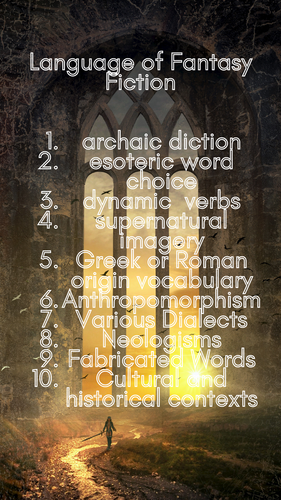

Fantasy fiction employs a variety of language techniques to create vivid and immersive worlds that captivate readers’ imaginations. Descriptive language is paramount, allowing authors to paint detailed pictures of fantastical landscapes, magical creatures, and otherworldly phenomena. Imagery and sensory details transport readers to these realms, engaging their senses and evoking powerful emotions.
Moreover, figurative language, such as metaphors and similes, enhances the storytelling by drawing parallels between the fantastical elements and real-world experiences, adding depth and resonance to the narrative. Dialogue serves not only to advance the plot but also to develop characters and their relationships, often reflecting the unique cultures and languages of the fantasy world.
Additionally, symbolism and allegory are frequently employed to convey deeper meanings and themes, enriching the story with layers of interpretation. By skillfully employing these language techniques, fantasy authors create rich and immersive narratives that transport readers to realms of endless possibility and wonder.
This handy visual aid and resource will help teachers and students in the classroom and beyond as a checklist for fantasy fiction language features.
Something went wrong, please try again later.
This resource hasn't been reviewed yet
To ensure quality for our reviews, only customers who have purchased this resource can review it
Report this resourceto let us know if it violates our terms and conditions.
Our customer service team will review your report and will be in touch.